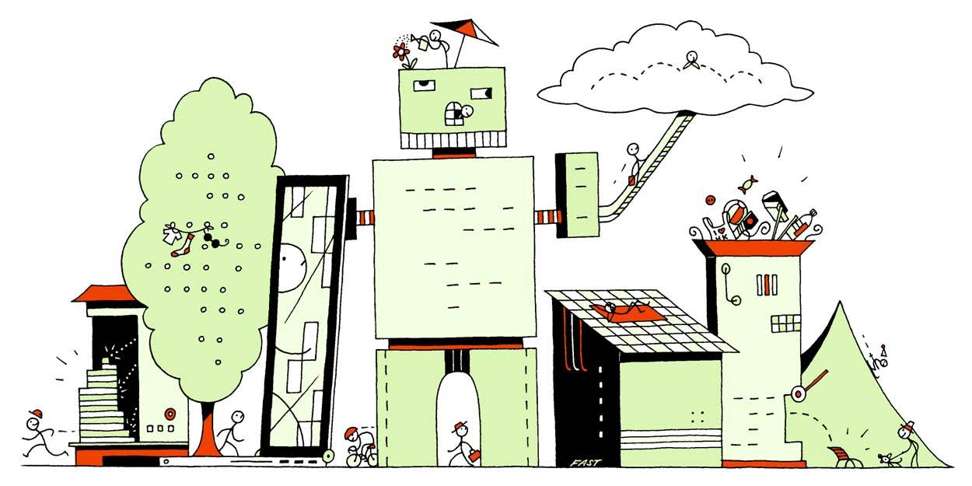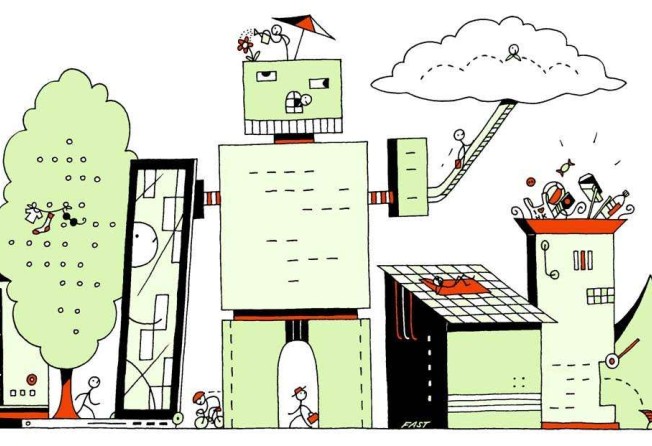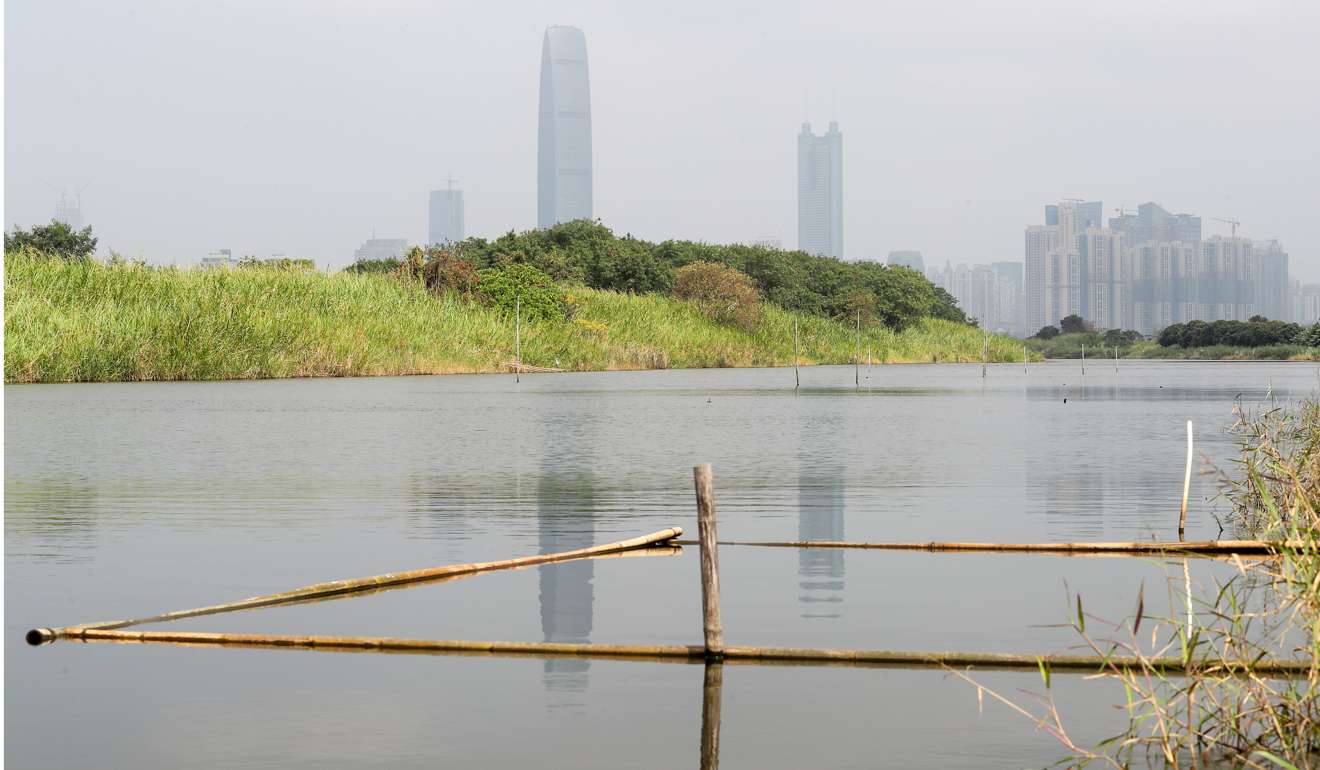
Technology will change land use in Hong Kong – and it’s about time the government caught on
Edward Tse says Hong Kong’s land use planning should respond to changes, not least those across the Shenzhen River


However, interactions between the city and mainland have significantly increased since the handover. The government must now take a more holistic approach to understanding the overall developments on the mainland and their implications for the future of Hong Kong.
This coincides with the rapid development of the rest of the world, driven to a large extent by technology. We are witnessing significant global shifts, which are affecting Hong Kong.
A case in point is Hong Kong’s land use planning. Clearly, land use must be optimised. The “Hong Kong 2030 Plus” strategic planning blueprint is a good attempt at considering the development of the neighbouring Pearl River Delta. For instance, the report tries to deal with the impact that Shenzhen’s research institutions and universities will have on Hong Kong’s land use planning. However, on the whole, it has failed to cover the broader impact of global and regional shifts.
By 2030, Western economies are likely to have less influence globally than China (and India). The combination of shifting demographics, better health care, increased lifespans, globalisation and rapid urbanisation are likely to dramatically shift the global economy.
Enabled by internet connectivity, cross-border collaboration will become more and more convenient and effective. These enhanced linkages will facilitate knowledge sharing and collaboration among global citizens, which will in turn boost innovation. Education will become more inclusive, as massive open online courses become a major source of continuous learning for the wider public.

Disruptive technologies such as the internet of things, artificial intelligence, machine learning, big data and cloud computing will automate and connect various systems in cities, transforming urban regions. Cities in general will become “smarter” and clusters of megacities or even mega corridors will emerge.
A plausible scenario for 2030 could see China taking on a leading role in intellectual property protection, technology research and development, and business model innovation. With this leadership role, it could project a stronger global image, with more soft power. And, with 70 per cent or more of the population living in urban areas, China could become a leading hub for clean technology innovation and the most experienced nation in environmental restoration.

The Pearl River Delta is likely to become China’s key R&D and technology region, developing world-class capabilities in automation, robotics, the internet of things and intelligent manufacturing.
So, what do these shifts mean for Hong Kong? First, the significant increase in interactions between Hong Kong and rest of the Pearl River Delta will see some roles between the two localities either overlap or reinforce each other, while a clearer division in other roles will emerge.
For instance, one could foresee more collaboration in hi-tech R&D. Hence, it will be essential to set aside land for the incubation of technological development and new ideas. As mobility between the two localities increases, and given that land is generally scarcer in Hong Kong, it may well be better to locate land-intensive developments, such as boarding schools with good facilities, in the Pearl River Delta outside Hong Kong.
Second, as connectivity improves, workplaces will become very different. Offices that are dispersed over a wide area will become commonplace and people will work together without having to be physically together. The traditional notion of a central business district will need to be redefined.
Third, many people believe that the era of manufacturing has ended for Hong Kong and, therefore, there is no need to allocate land for industrial purposes. In fact, while the traditional forms may have had their day, manufacturing in its newer forms – cyber-physical systems such as a smart grid, collaborative robots, 3D printing and mass customisation – could surface in Hong Kong. Thus, consideration should be given to the design of intelligent industrial parks.

Fourth, several new sectors will probably grow in significance in Hong Kong, such as financial technology, “connected health” and biotech. Companies in these sectors may be much different than what we are used to. For instance, rather than bricks-and-mortar bank branches, fintech companies will rely much more on online delivery mechanisms, reducing the need for a physical presence and therefore land. As for connected health, remote diagnostics, online appointment scheduling, pharmaceutical e-commerce and precision medicine will become prevalent, fundamentally changing how health care is delivered and the use of physical facilities.
Finally, as the SAR becomes a smart city that provides a more liveable environment, consideration should be given to reusing areas not suitable for living, such as turning old landfills into green facilities; allocating suitable areas for the recycling of waste; and designing more areas for leisure activities such as cycling and jogging.
Also, as technology transforms the automotive industry, our transport infrastructure and policies will need to be re-evaluated.
As China and the world evolve, Hong Kong will need to do so too, and that includes its land use planning framework.
Edward Tse is founder and CEO of Gao Feng Advisory Company, a global strategy and management consulting firm with roots in Greater China. He is the author of China’s Disruptors